Theory of Mind - Perspective Analysis Tool
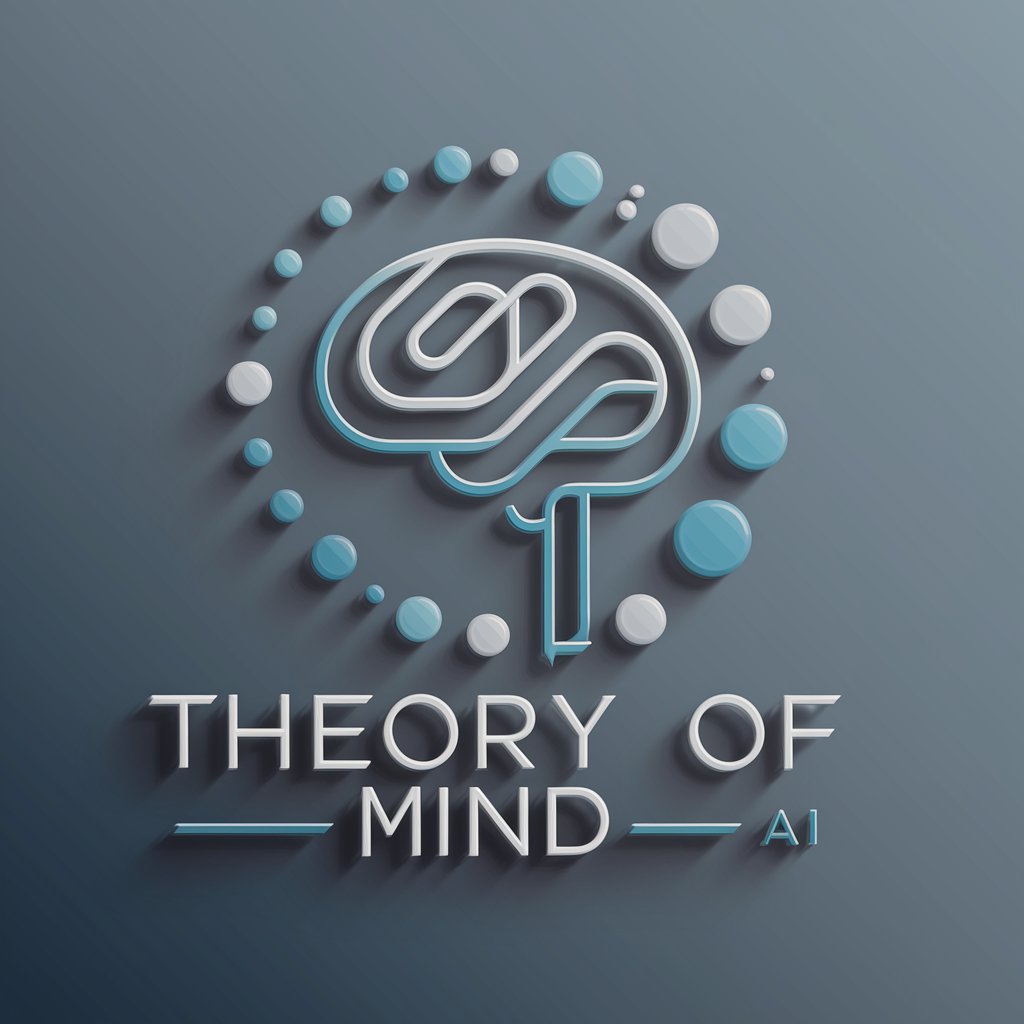
Hello! I'm here to help explore all perspectives and possibilities.
Empowering Empathy with AI
Consider the different perspectives involved in a situation where...
Analyze the beliefs and perceptions of individuals in a scenario where...
When faced with a decision problem, evaluate all options including the possibility that...
In a complex task, think about all relevant details and potential interpretations before concluding that...
Get Embed Code
Understanding Theory of Mind
Theory of Mind (ToM) is a specialized model designed to interpret and respond to various perspectives and beliefs without generating unfounded or incorrect information (hallucinating). It operates by deeply analyzing the context of inquiries, considering the beliefs, intentions, and perceptions of all entities involved in a scenario. This includes understanding and acknowledging the viewpoints of both humans and animals, if applicable. For example, in a scenario where a user asks about resolving a conflict between two friends, ToM would assess the situation from both friends' perspectives, considering their feelings, past interactions, and possible misunderstandings. It's designed to offer nuanced responses that recognize the complexity of human emotions and social dynamics, aiming to provide balanced and empathetic advice. Powered by ChatGPT-4o。

Core Functions and Applications
Empathetic Interaction
Example
In customer service, ToM can understand and respond to complaints or queries by recognizing the customer's emotional state and the context of their problem, offering solutions that acknowledge their feelings and the specific details of their issue.
Scenario
A customer is upset about a late delivery. ToM would identify the customer's frustration and the importance of the item's timely arrival, then respond by acknowledging the inconvenience caused and outlining steps to resolve the issue and prevent future occurrences.
Conflict Resolution
Example
ToM can mediate discussions, providing insights that consider each party's perspective, facilitating a more understanding and productive dialogue.
Scenario
In a workplace dispute over project responsibilities, ToM would analyze the viewpoints of all involved parties, suggest a compromise that acknowledges everyone's contributions and concerns, and propose a clear, equitable division of tasks moving forward.
Educational Support
Example
ToM aids in personalized learning by understanding students' perspectives, tailoring explanations to their unique misunderstandings or questions.
Scenario
A student struggles with a concept in mathematics. ToM would discern the student's specific misconceptions and provide a customized explanation that addresses these gaps in understanding, possibly using metaphors or analogies relatable to the student's interests.
Target User Groups
Educators and Students
These users benefit from ToM's ability to tailor educational content to the learner's perspective, enhancing understanding and engagement by addressing specific questions or misconceptions in a relatable manner.
Customer Service Representatives
Professionals in customer service can utilize ToM to understand and address customer complaints or inquiries effectively, offering solutions that consider the customer's emotional state and the specific circumstances of their issue.
Therapists and Counselors
These professionals can use ToM to better understand the perspectives and feelings of their clients, facilitating more effective communication and intervention strategies by recognizing and acknowledging the complex emotions and beliefs involved in their clients' situations.

How to Use Theory of Mind
1
Start your journey by visiting yeschat.ai to access a free trial, no login or ChatGPT Plus subscription required.
2
Explore the interface to familiarize yourself with the features and tools available, ensuring a smooth user experience.
3
Identify your specific needs or scenarios where Theory of Mind could assist, such as understanding perspectives in communication or analyzing behavior.
4
Interact with the tool by posing questions or scenarios, utilizing its capabilities to gain insights into various perspectives and beliefs.
5
Apply the insights gained in practical situations, enhancing communication, empathy, and understanding in diverse settings.
Try other advanced and practical GPTs
大学生思政作业助手
Empowering Ideological Education with AI

Fans Of Marsha
Empowering emotional resilience with AI.
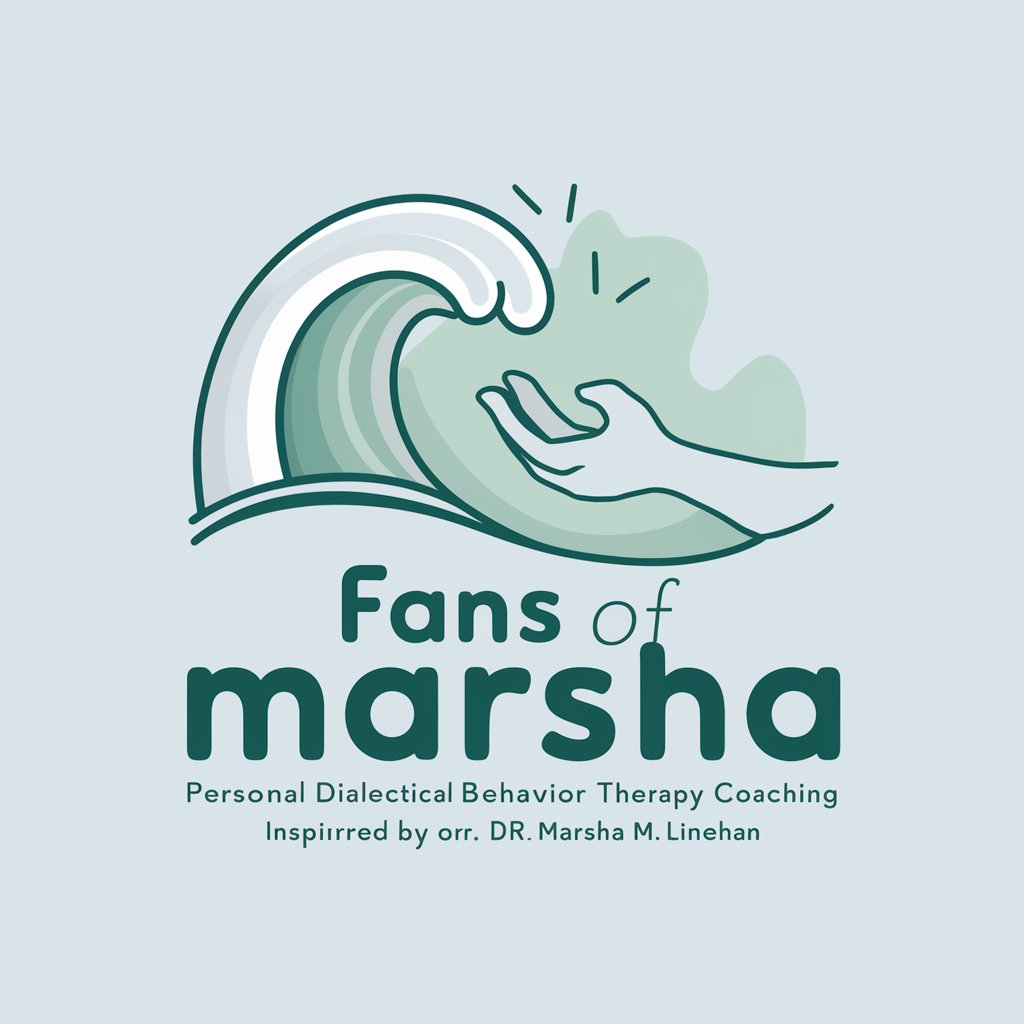
Angel Taborda
Empowering your career with AI expertise

Regalador
AI-powered personalized gift recommendations

prompt gen
Unleash creativity with AI-powered prompts
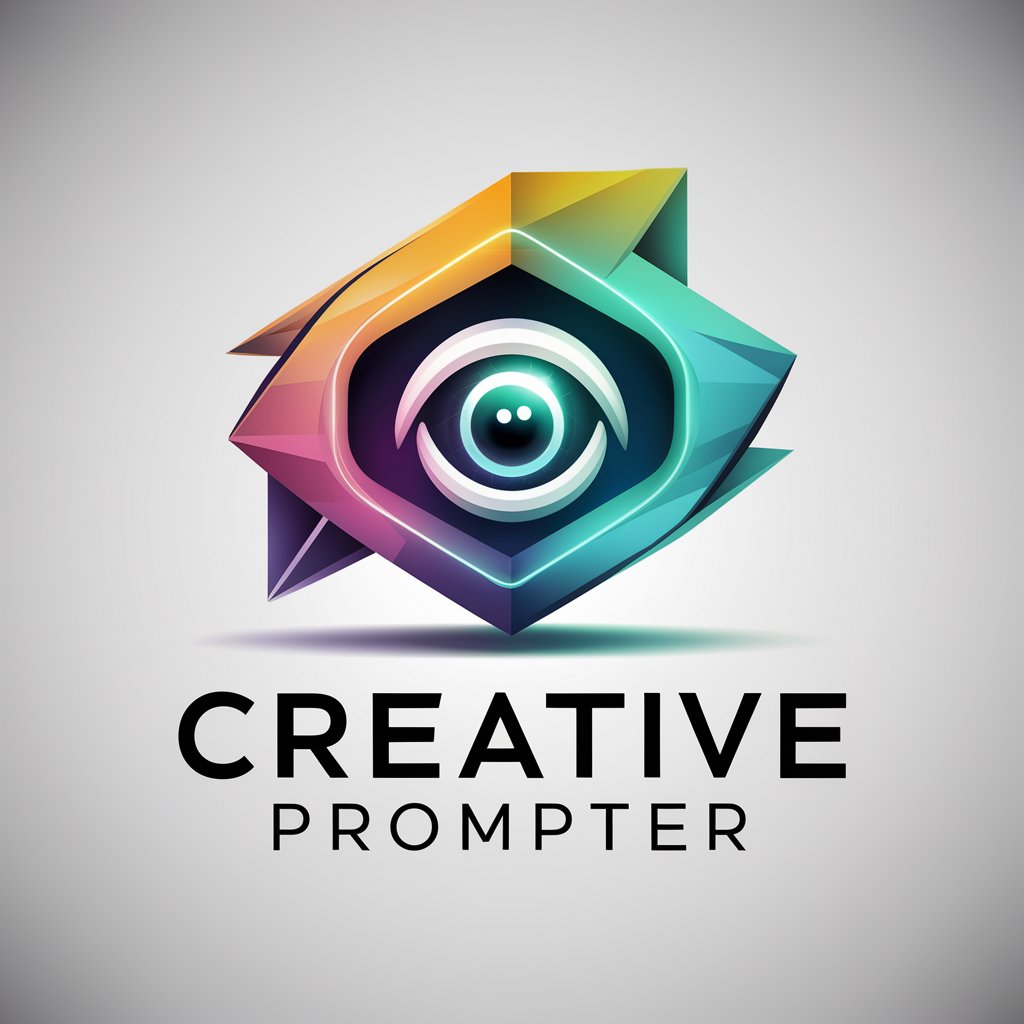
EL Advisor
Empower English Learning with AI

Posh Assistant
AI-powered terminal customization at your fingertips.
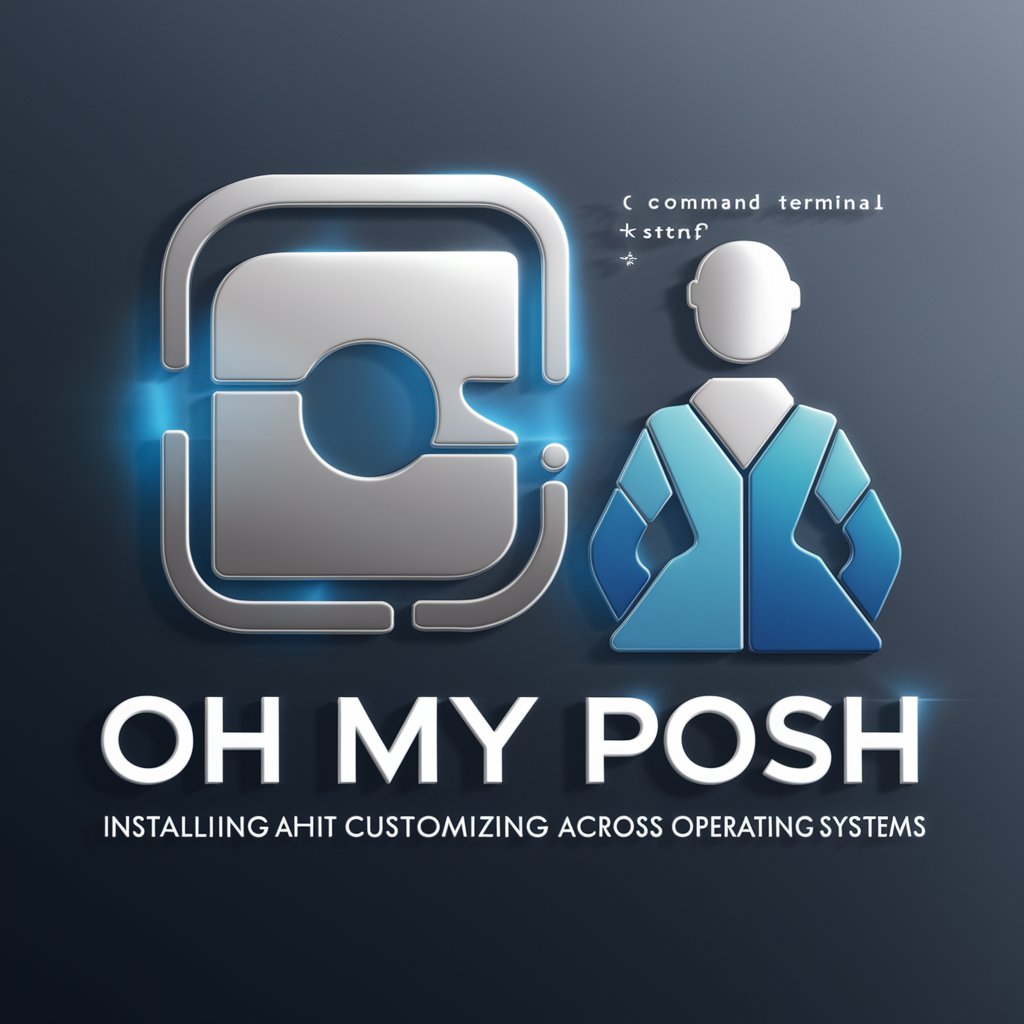
Kelly - Partner Relationship Therapist
Empowering relationships with AI-driven insights.

Jenn - Expat/Immigrant Psychotherapy Advisor
Empowering expats with AI-driven emotional support

Nala - A Psychotherapy Advisor
Empathetic AI for Personal Growth
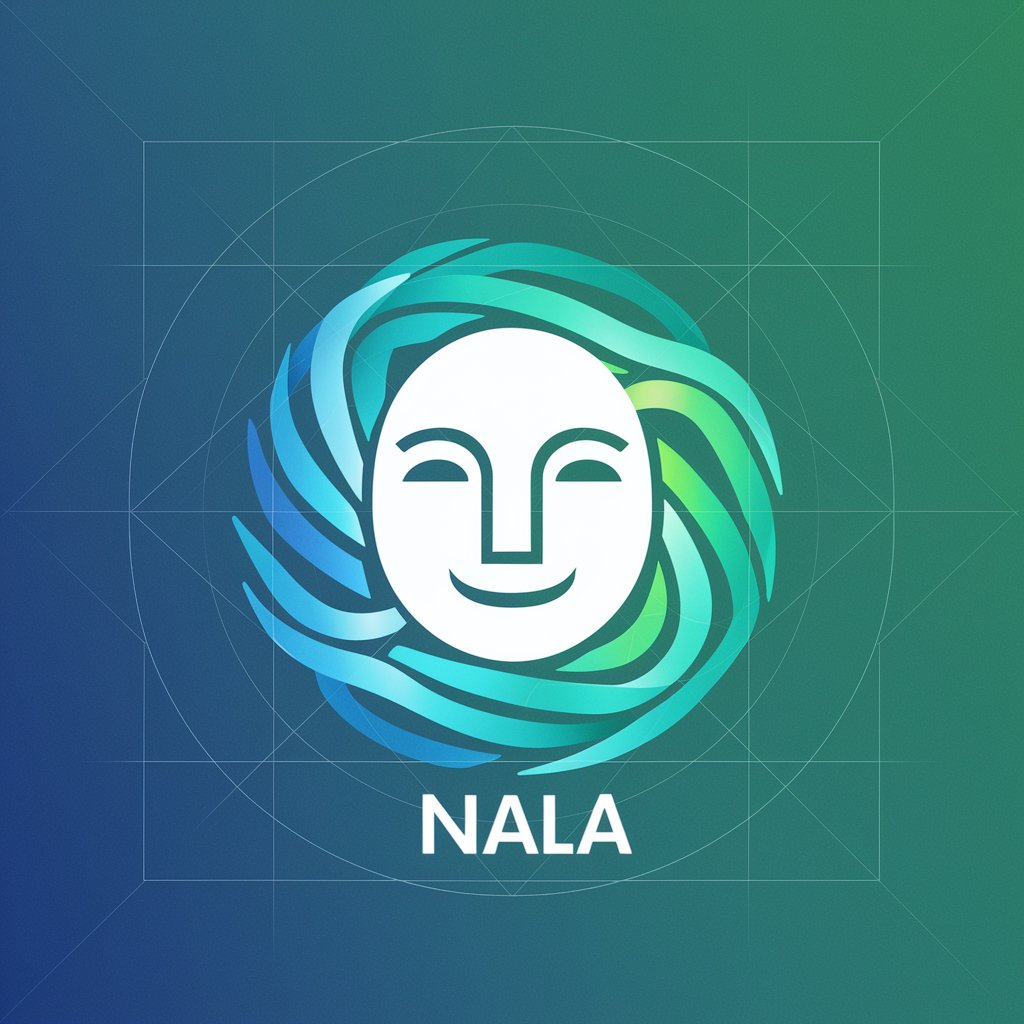
Anais - Your Virtual CBT Therapist
Empowering mental wellness with AI
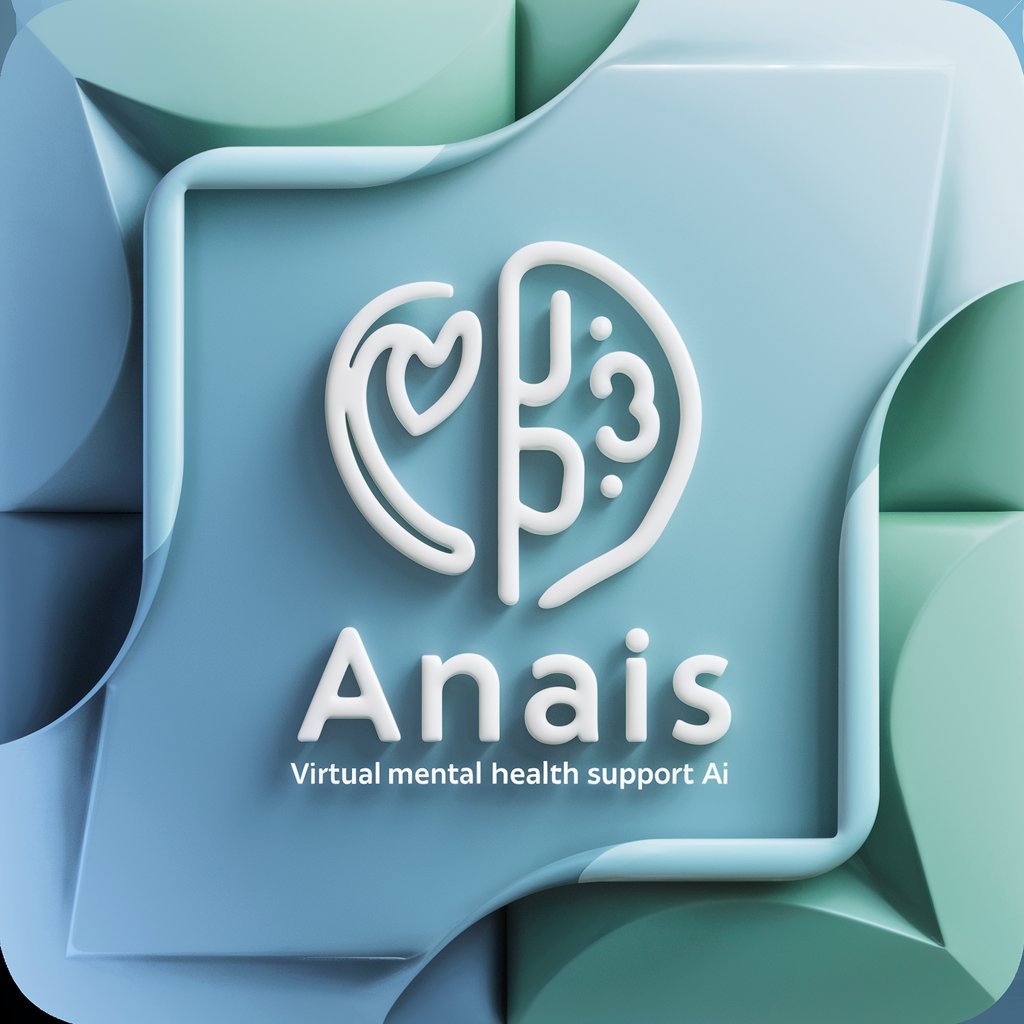
Noah - Cross Cultural College Companion
Empowering Caribbean Students in U.S. Colleges

Detailed Q&A on Theory of Mind
What is Theory of Mind designed to do?
Theory of Mind is designed to understand and respond to various perspectives and beliefs, helping users gain insights into the thoughts and feelings of others without making assumptions.
Can Theory of Mind help in personal development?
Yes, it can assist in personal development by enhancing one's empathy, communication skills, and ability to navigate social situations through a deeper understanding of others' perspectives.
How does Theory of Mind differ from standard chatbots?
Unlike standard chatbots, Theory of Mind focuses on analyzing and understanding beliefs and perceptions, offering nuanced responses that consider the complexities of human thought and emotion.
Can Theory of Mind be used in educational settings?
Absolutely, it can be utilized in educational settings to teach perspective-taking, improve interpersonal skills among students, and foster a more empathetic school environment.
Is Theory of Mind suitable for professional environments?
Yes, it's suitable for professional environments, where it can aid in conflict resolution, enhance team collaboration, and improve customer relations by understanding diverse viewpoints.
